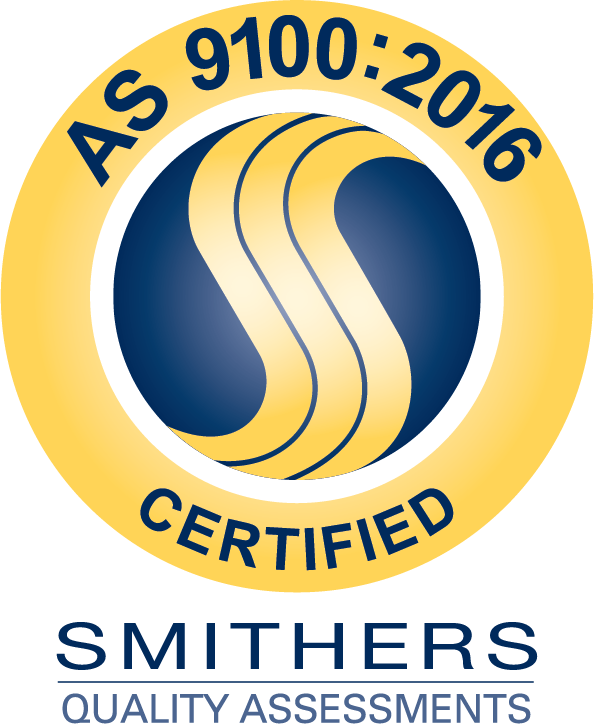
What Are Conductive vs. Insulative Materials?
Electrostatic discharge (ESD) happens from friction between conductive and less conductive or non-conductive materials.
Non-conductive, or insulative, materials have high surface resistivity, limiting electrons’ flow over and through the material. Static charges are difficult to ground and remain on the surface of these materials.
On the other hand, conductive materials have low resistance, so electrons move easily over and through the material. Charges go to the ground or transfer to a nearby conductive material.
People are the main cause of ESD because we introduce an insulative object, like a piece of clothing, into the conductive environment. When the stored, static charge on the surface comes into contact with a conductor like a part or device, ESD occurs.
What Is Static Dissipative?
A dissipative material has medium surface resistivity, meaning electricity flows through slower and with greater control than conductive material. Also known as static-dissipative or electro-dissipative material, dissipative material is best for ESD environments since it allows charges to flow slowly and in a controlled manner.
What Is Antistatic?
Anti static material prevents the buildup of static electricity and can be either conductive or dissipative. However, insulative materials are not antistatic – they stop the flow of electric charges, but they do not prevent static from accumulating.
Duracote’s Solutions For Sensitive Environments
Duracote develops and manufactures ESD materials solutions for electrical surroundings or other environments dangerous to people and equipment.
Dura-Stat® Anti Static Materials
Dura-Stat is ideal for medical facilities, research labs and manufacturing environments. Static dissipative matting is used over work surfaces and as floor covering, while static dissipative materials with a conductive layer are typical for sewn applications. In addition to protecting against ESD, Dura-Stat antistatic material is flame resistant and multi-layered for long-term durability.
Dura-Tuff® ESD Vinyl Fabrics
Dura-Tuff protective covers meet the requirements for medical and clean room environments. Dura-Tuff vinyl fabric combines a conductive front with a static-dissipative back for antistatic, antimicrobial and flame-resistant properties. Engineered for applications that cover and protect, Dura-Tuff can be designed to your specifications.
Other Duracote Performance Materials
As a leader in aircraft interiors, Duracote means easy performance. Our materials meet global standards and are fully customizable.
- DuraTrim Fire Safety: is a full line of fire protective materials in aviation, meeting Boeing, Lockheed and Military specifications.
- Dura-Sonic Sound Control: provides premium aviation sound barriers that are formable, flexible and flame-resistant.

Find Your ESD Materials Solution Now with Expert Help From Duracote
With over seven decades in material manufacturing for various industries, Duracote has developed cutting-edge products that use anti static material for multiple industrial applications. We globally source raw materials to create problem-solving products.
We’re here with more information on ESD materials, products and environments, or to talk about your unique material needs and goals.



